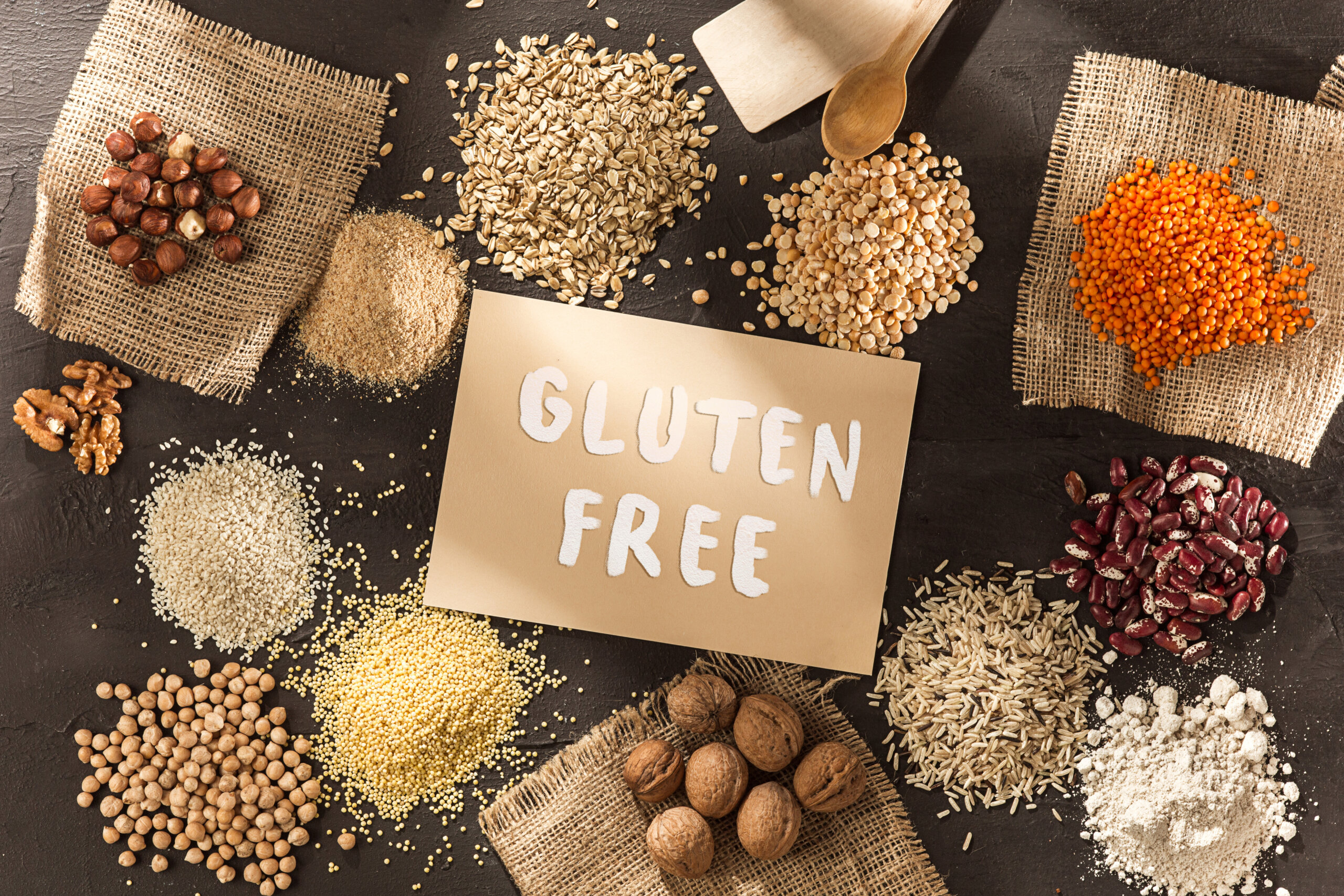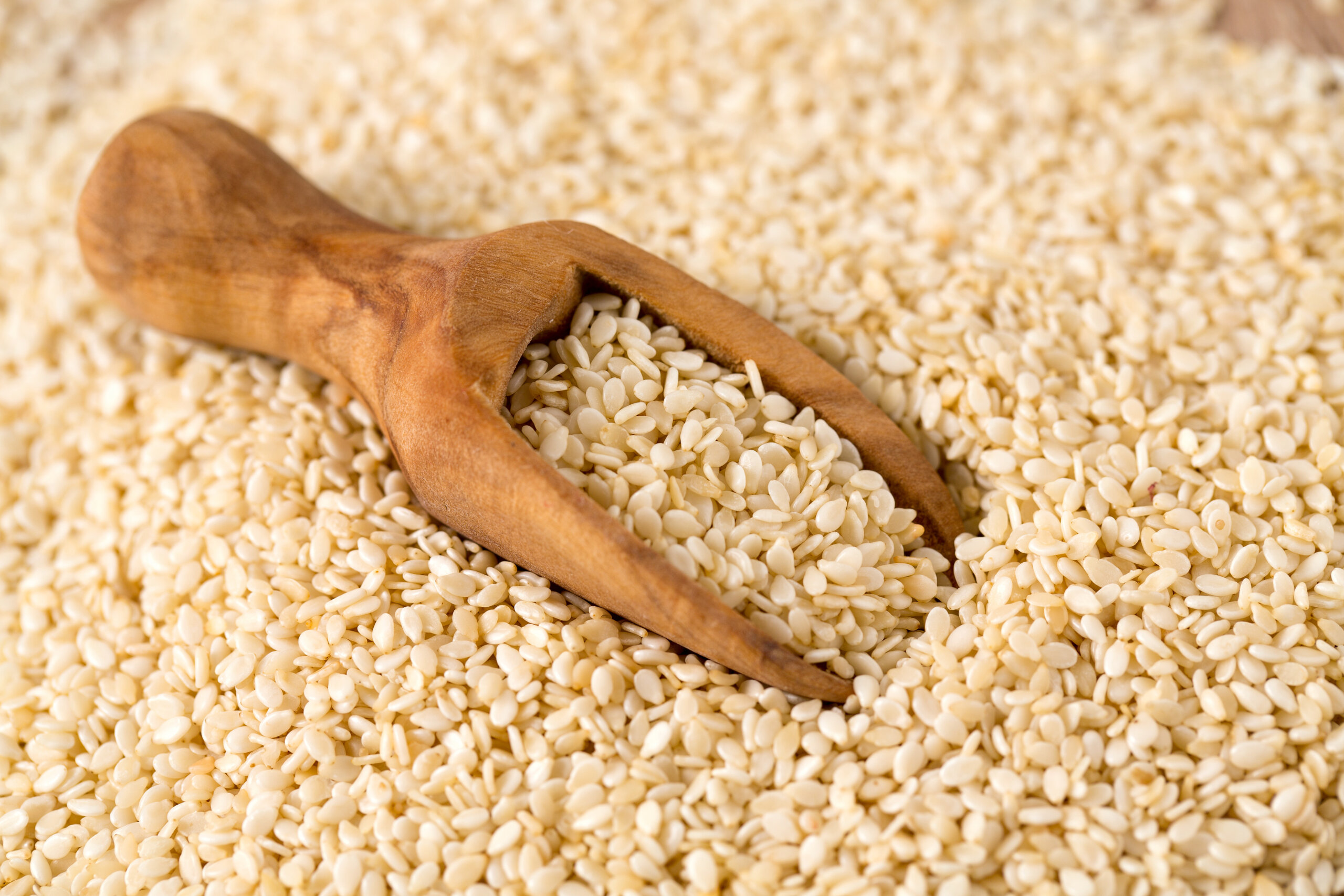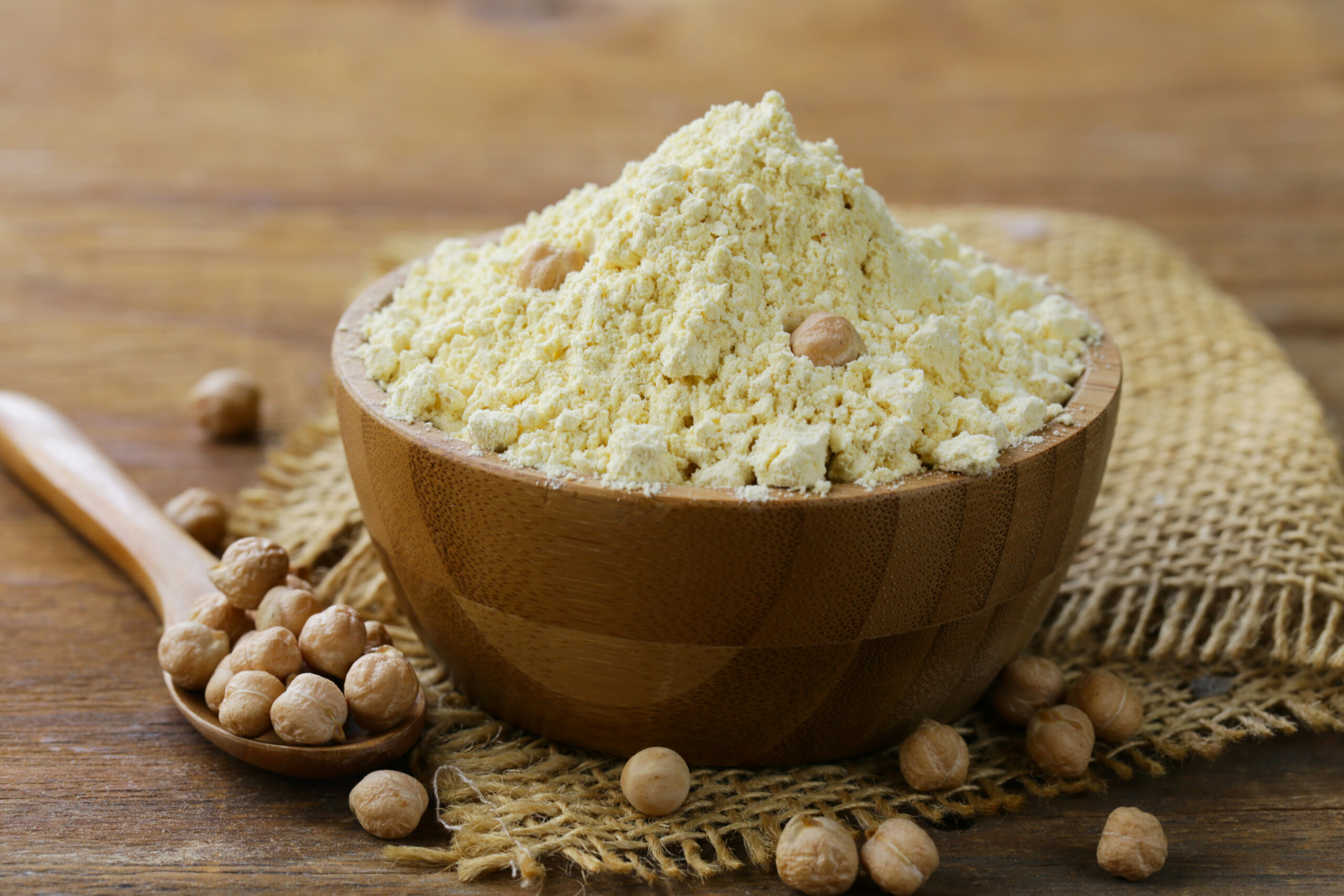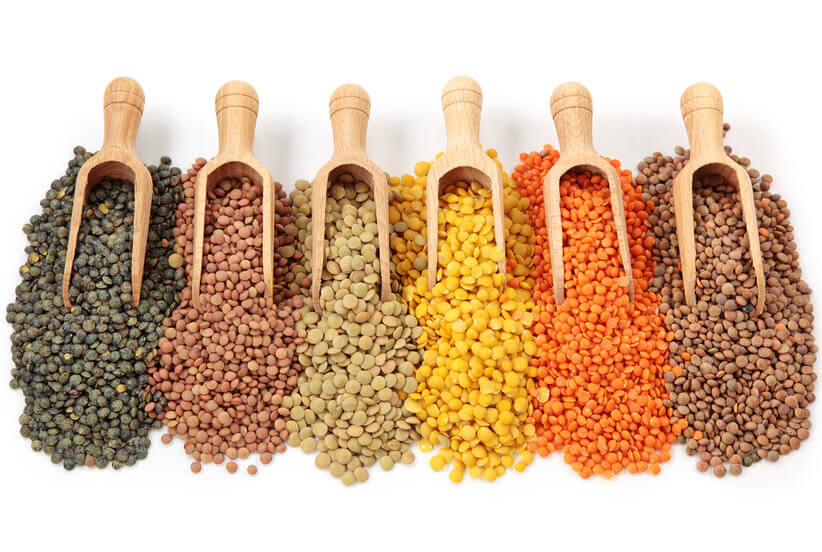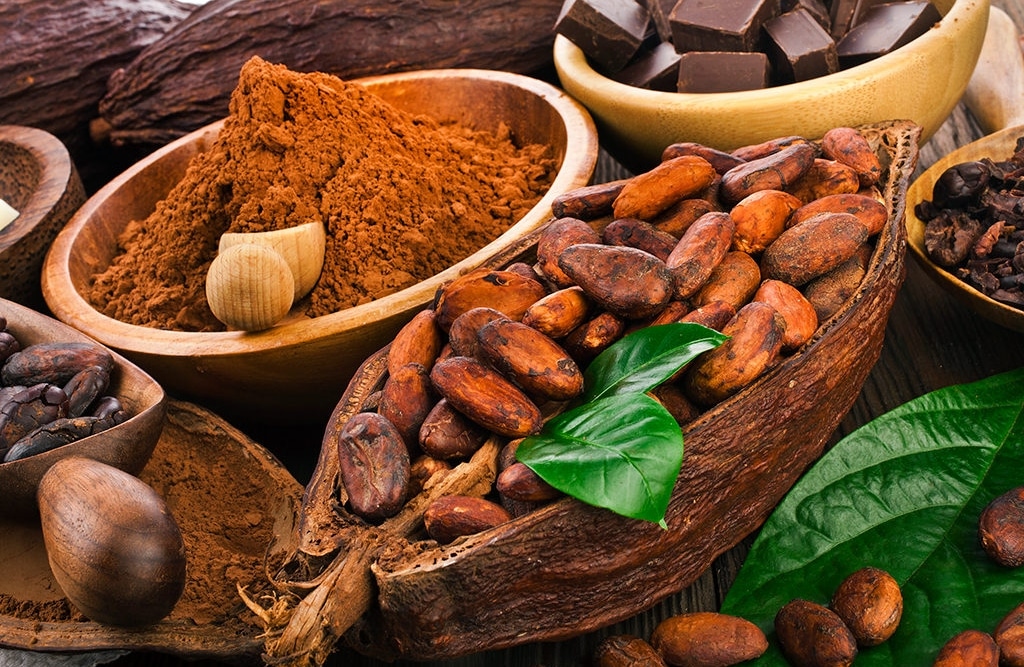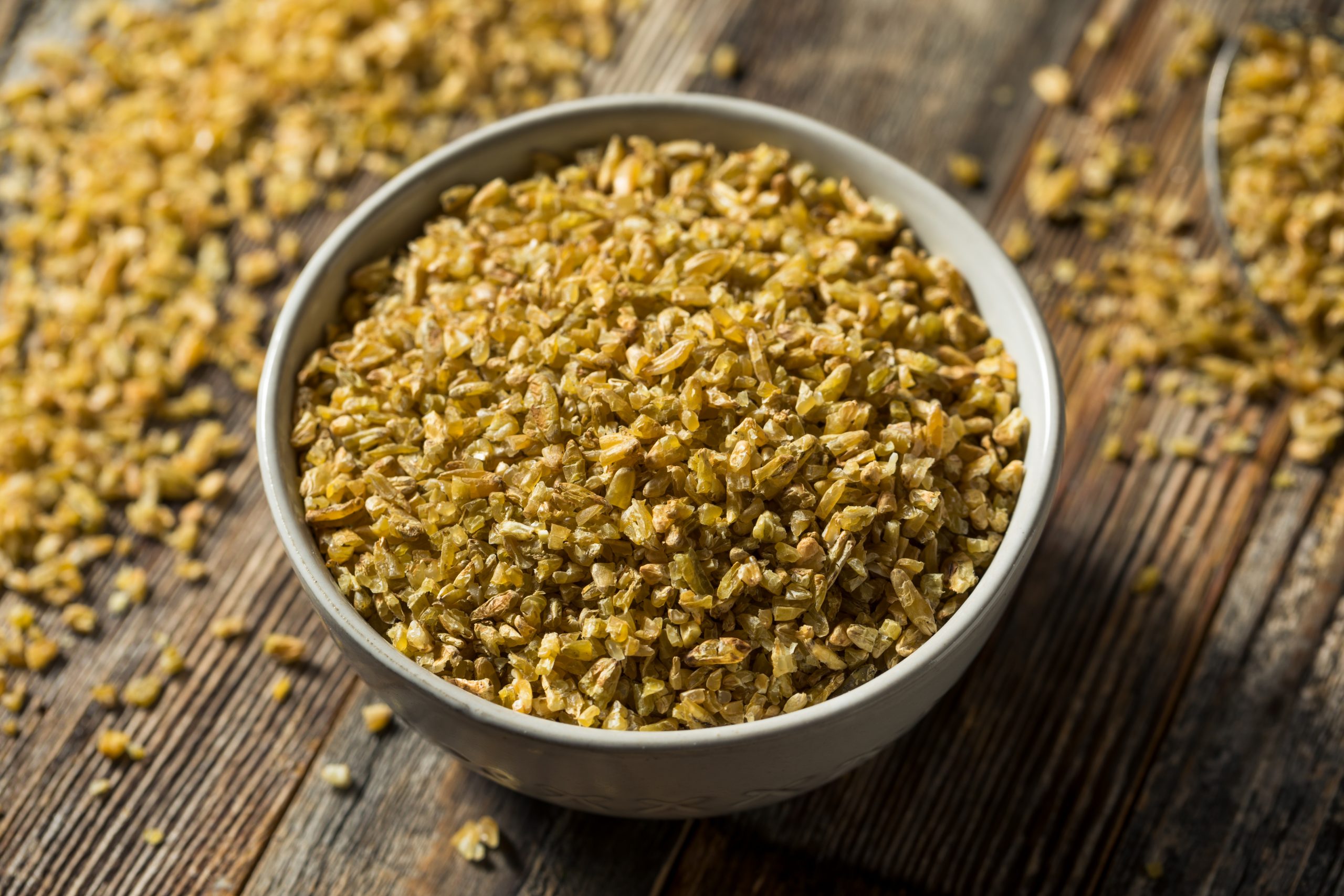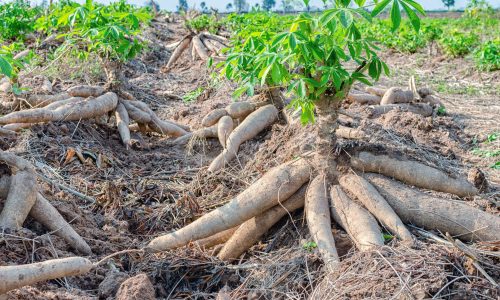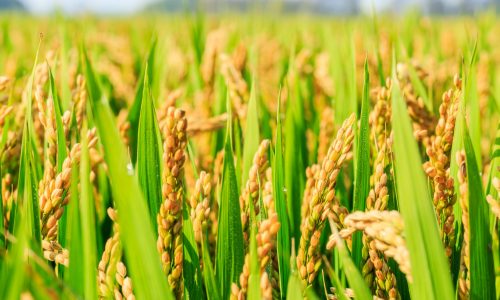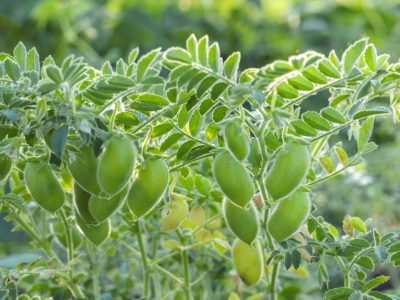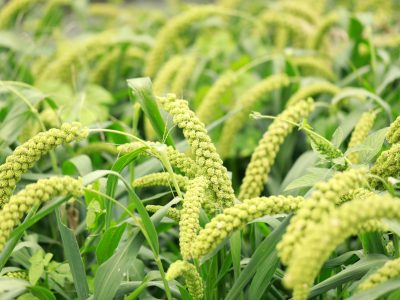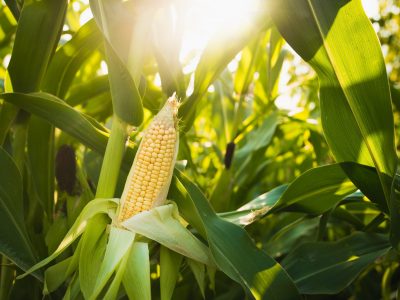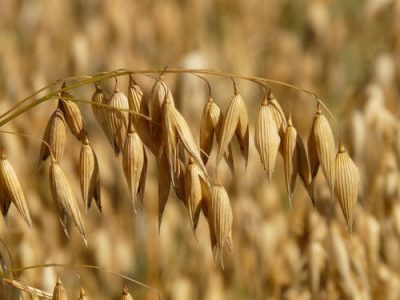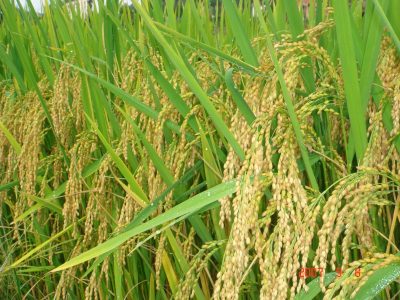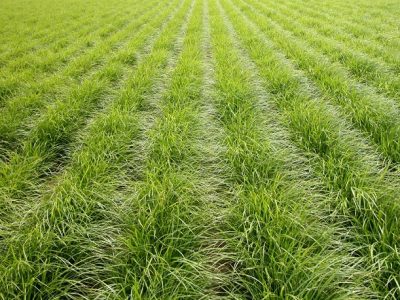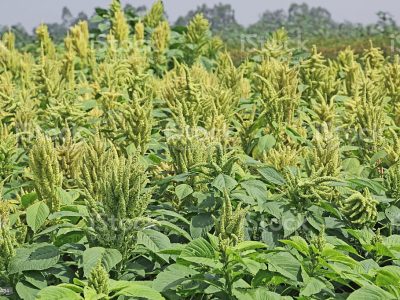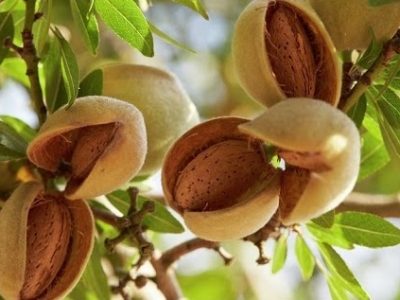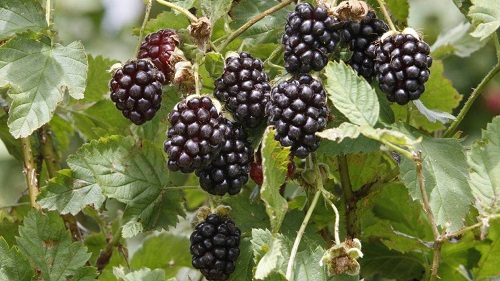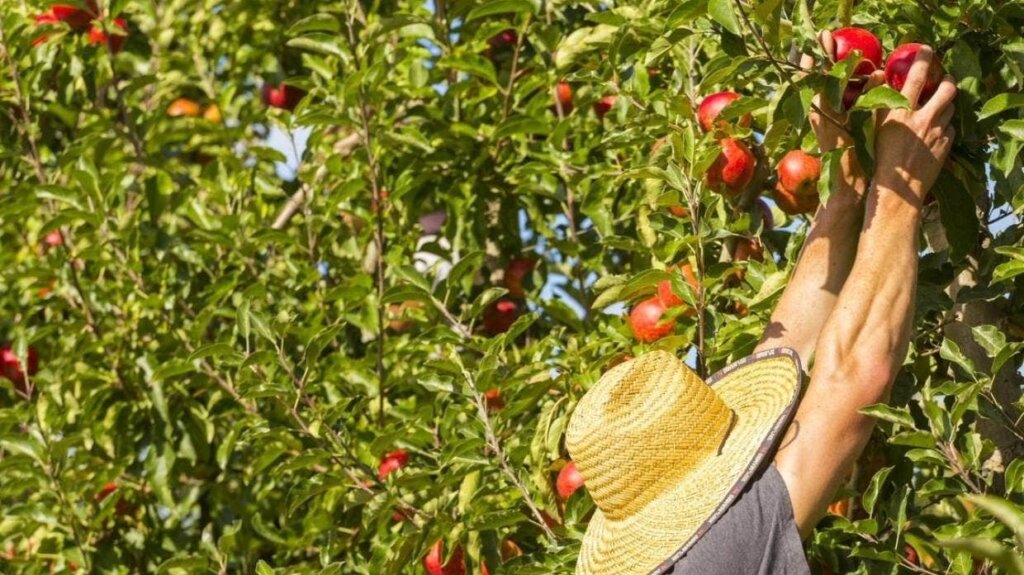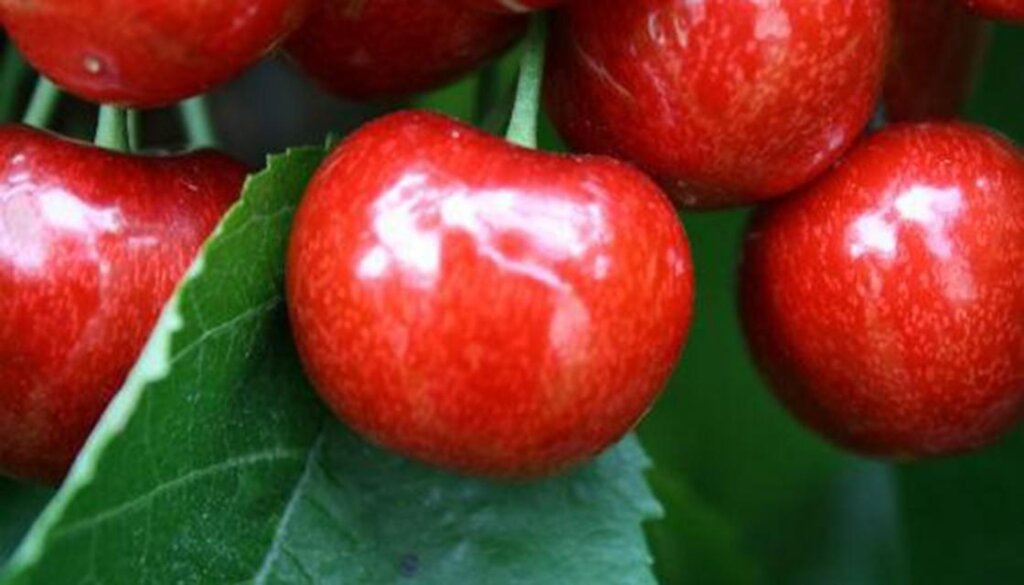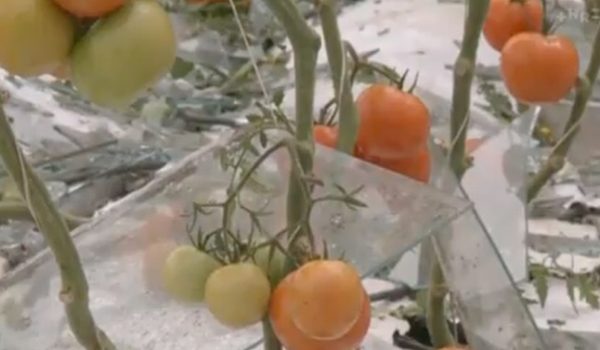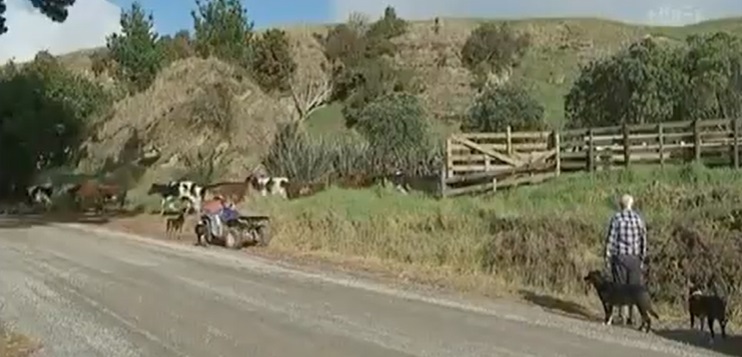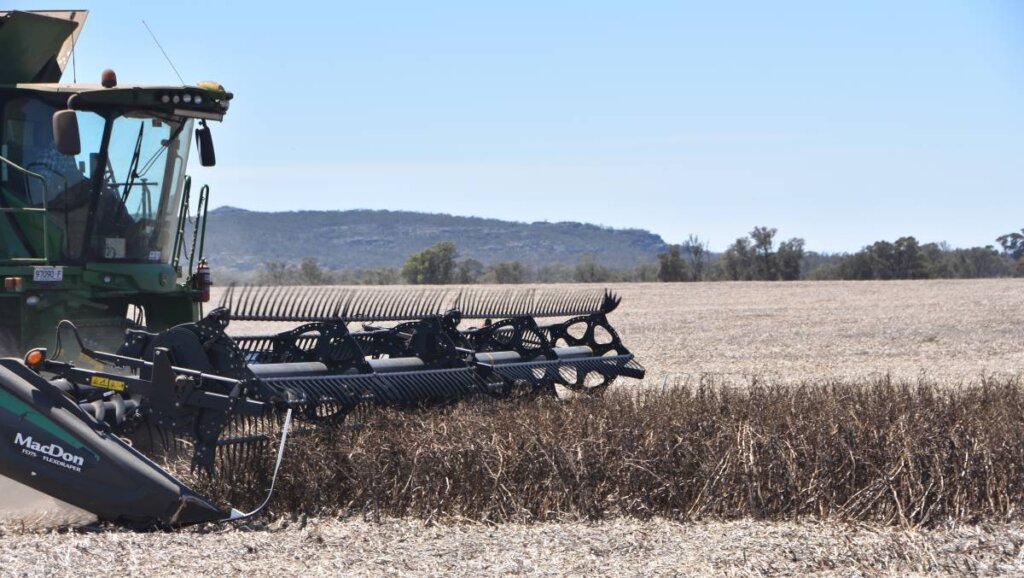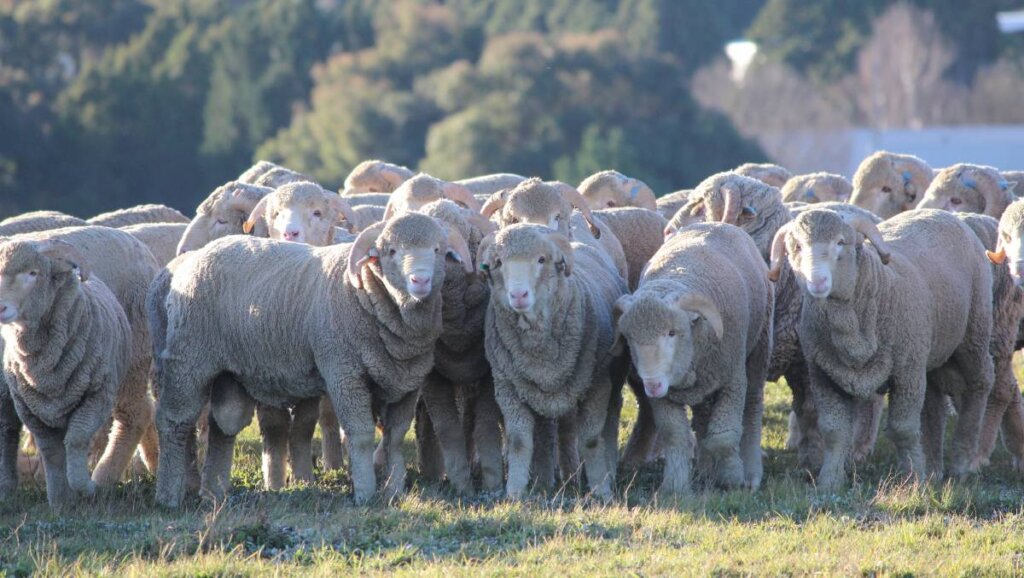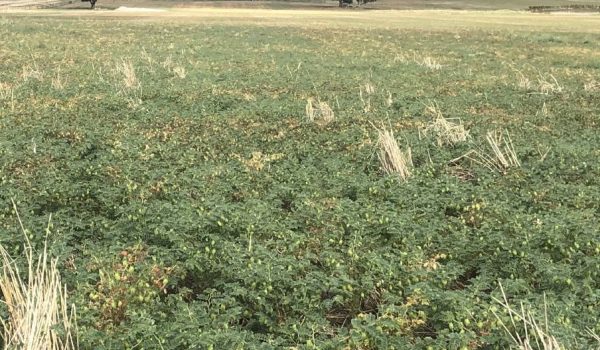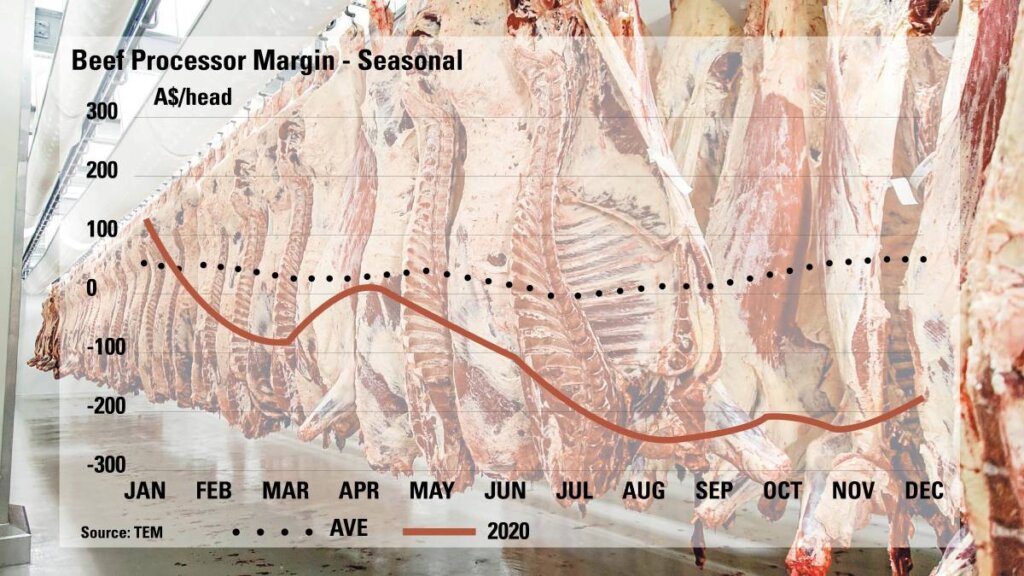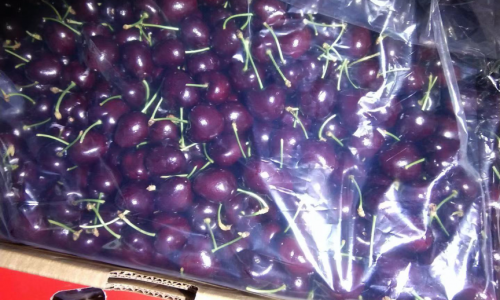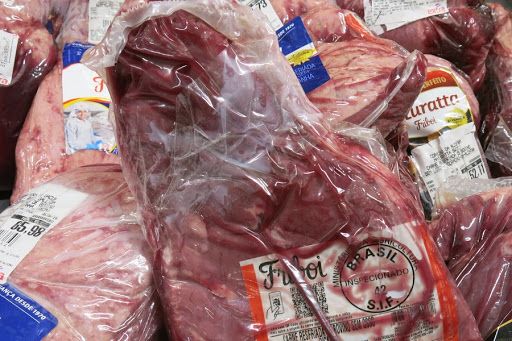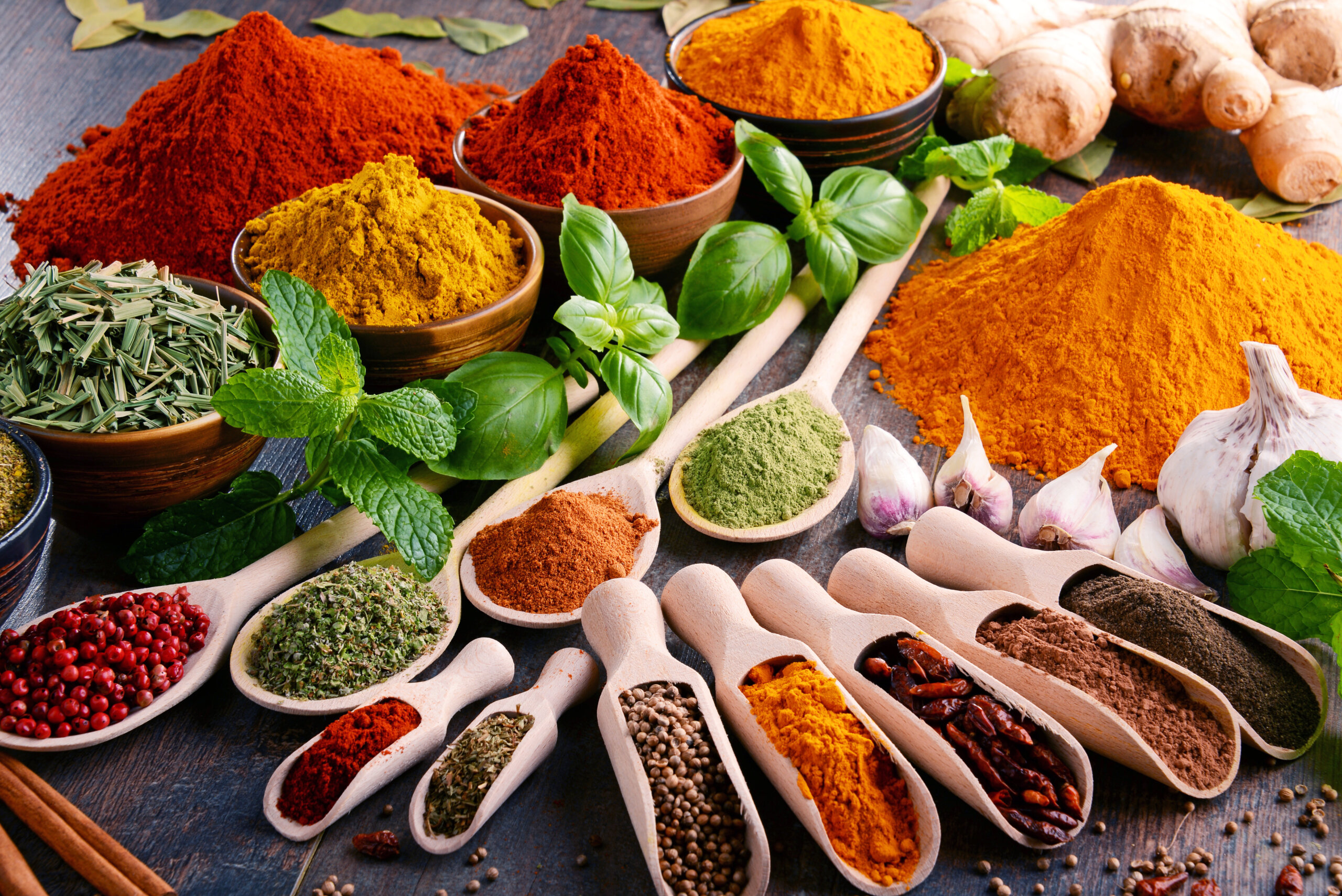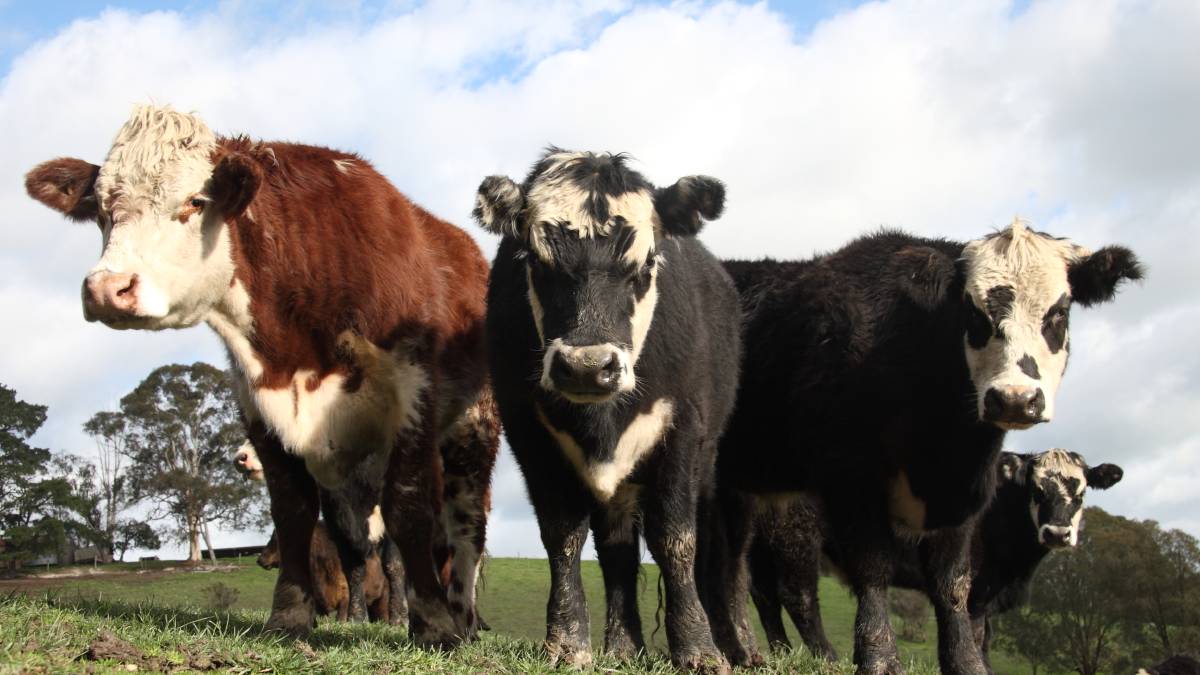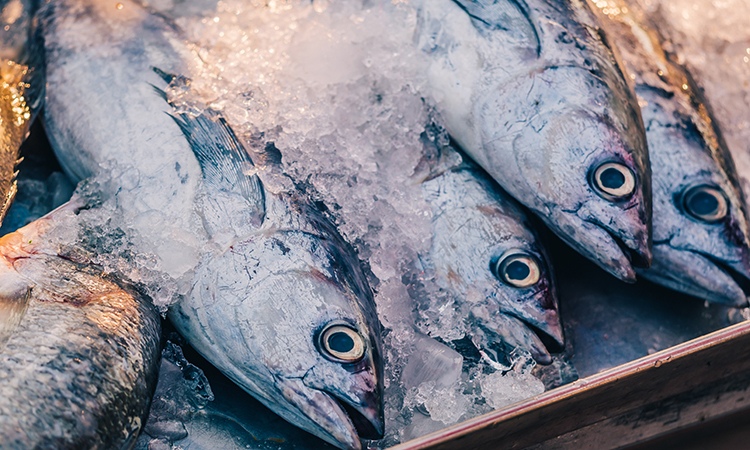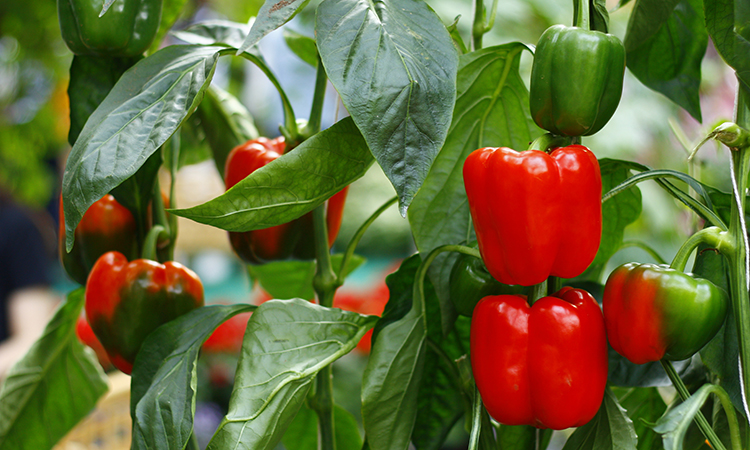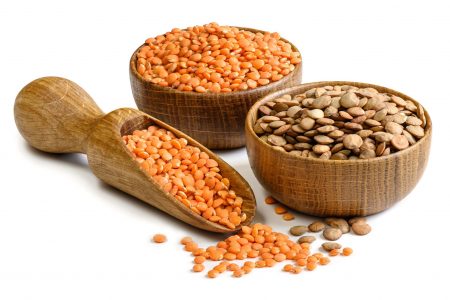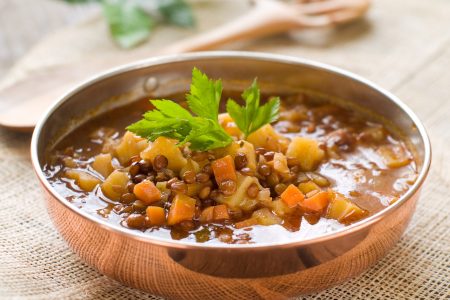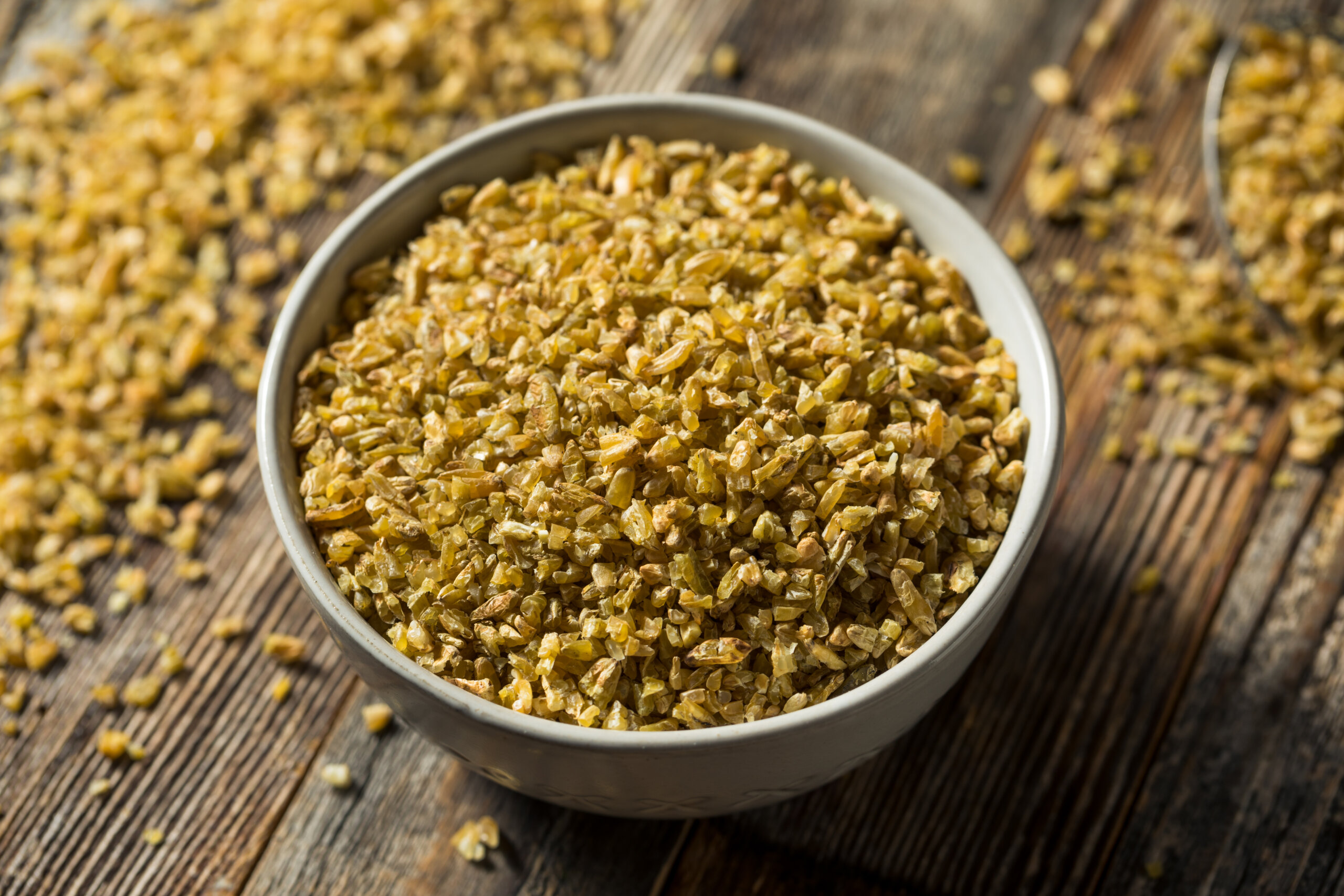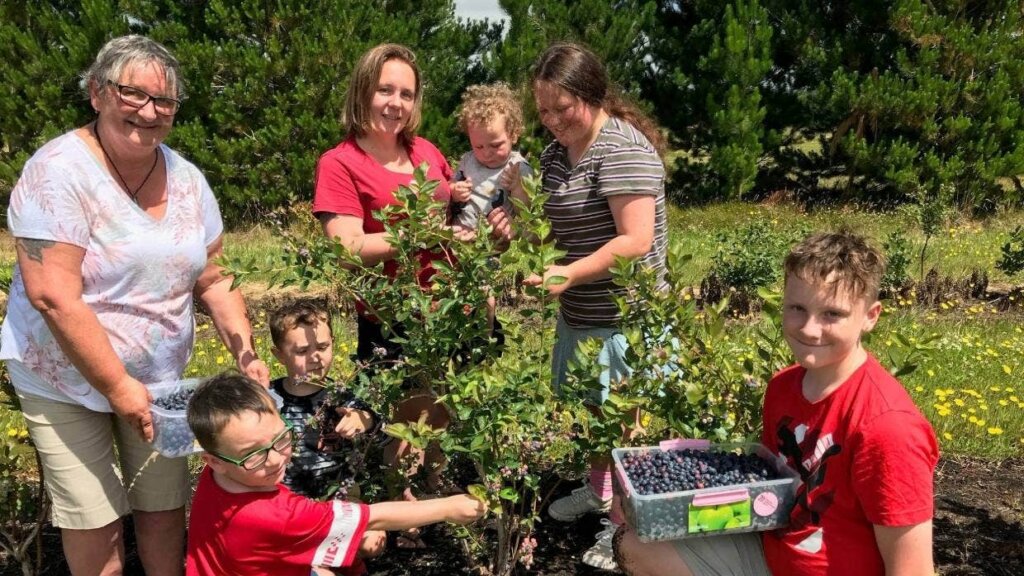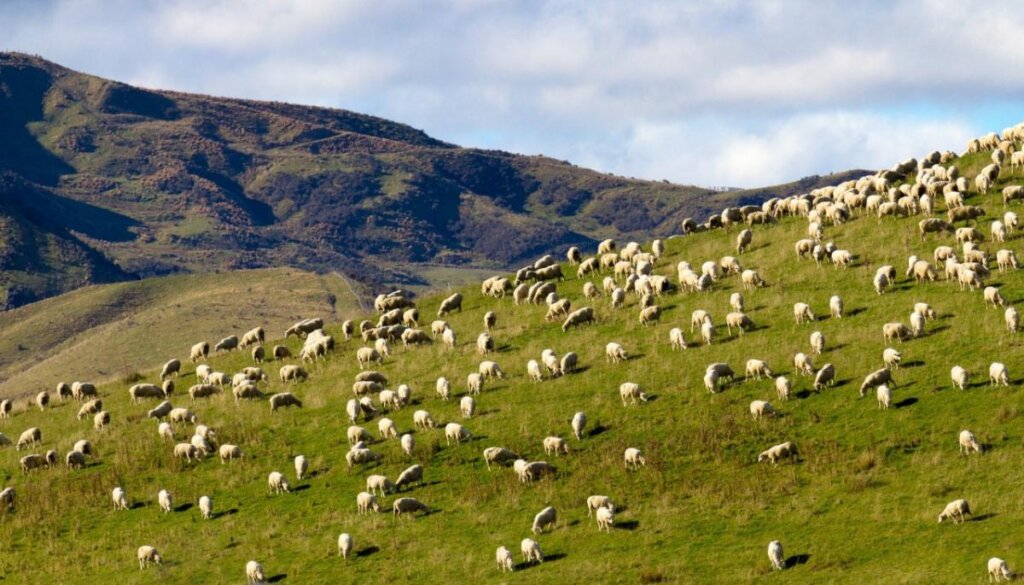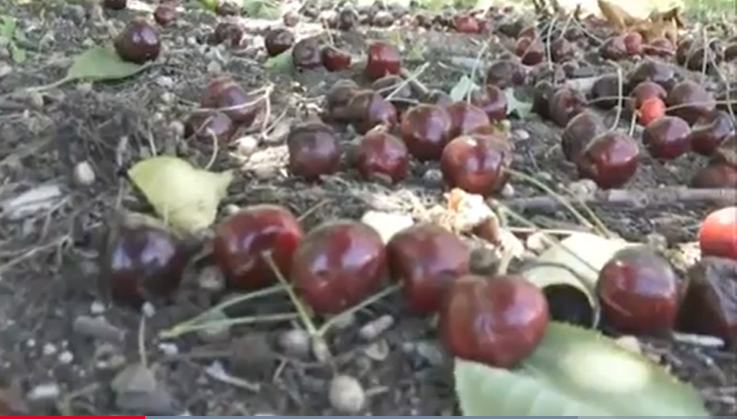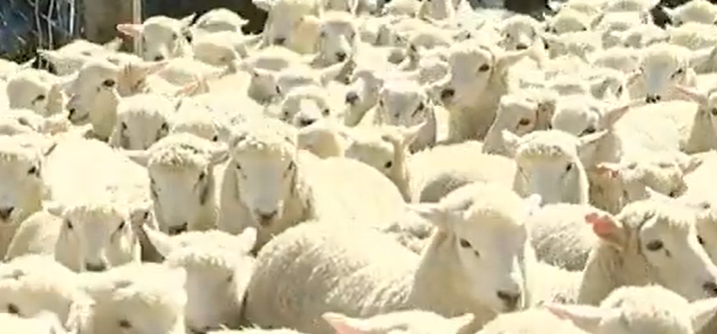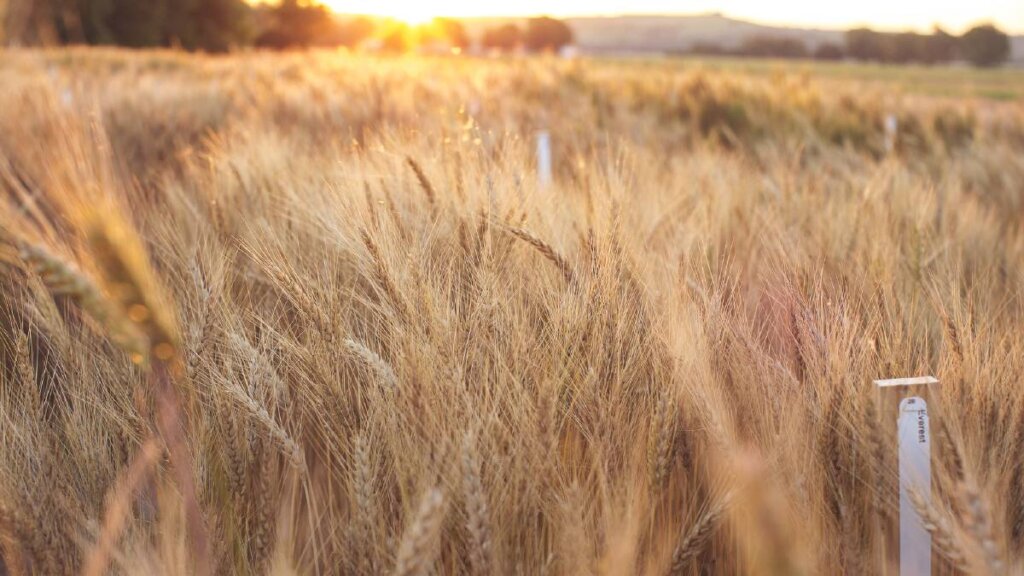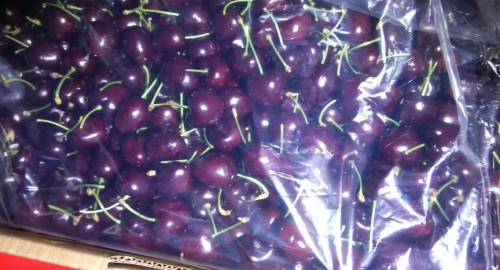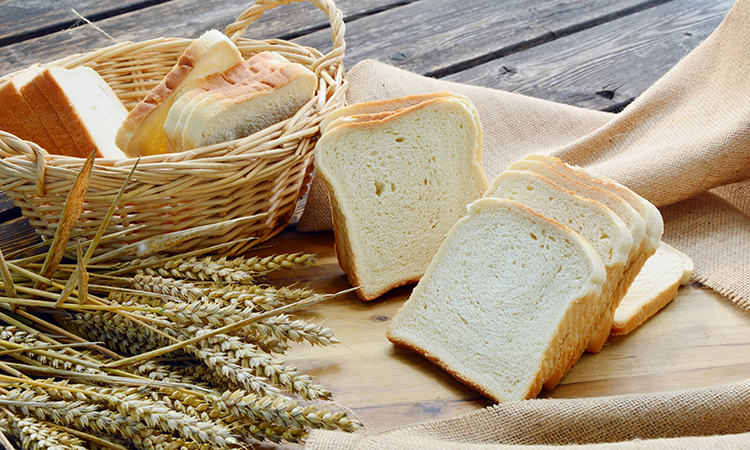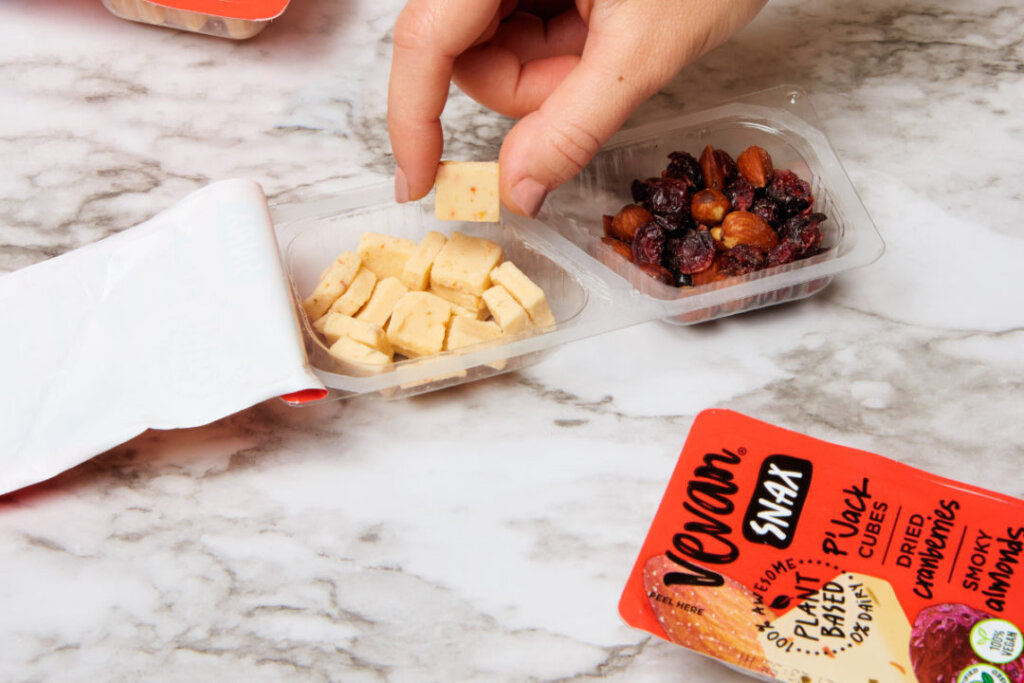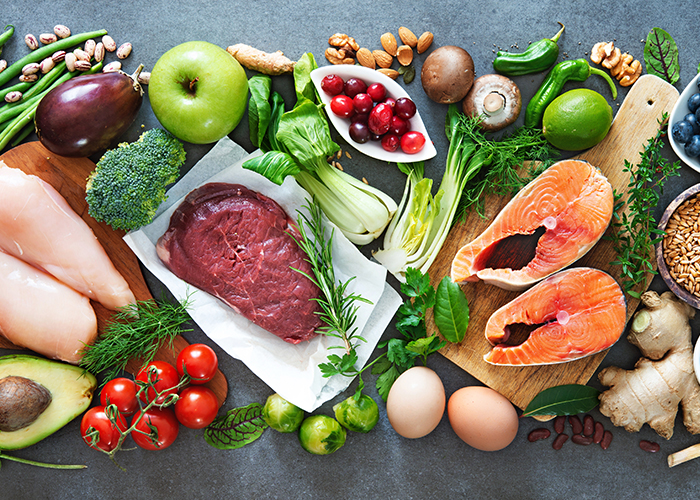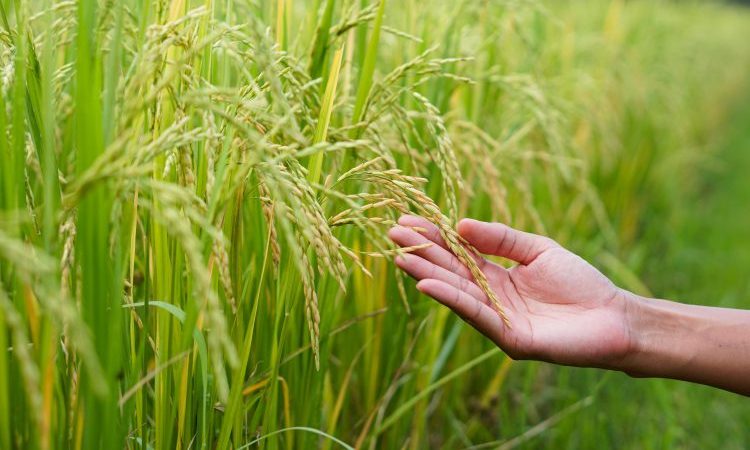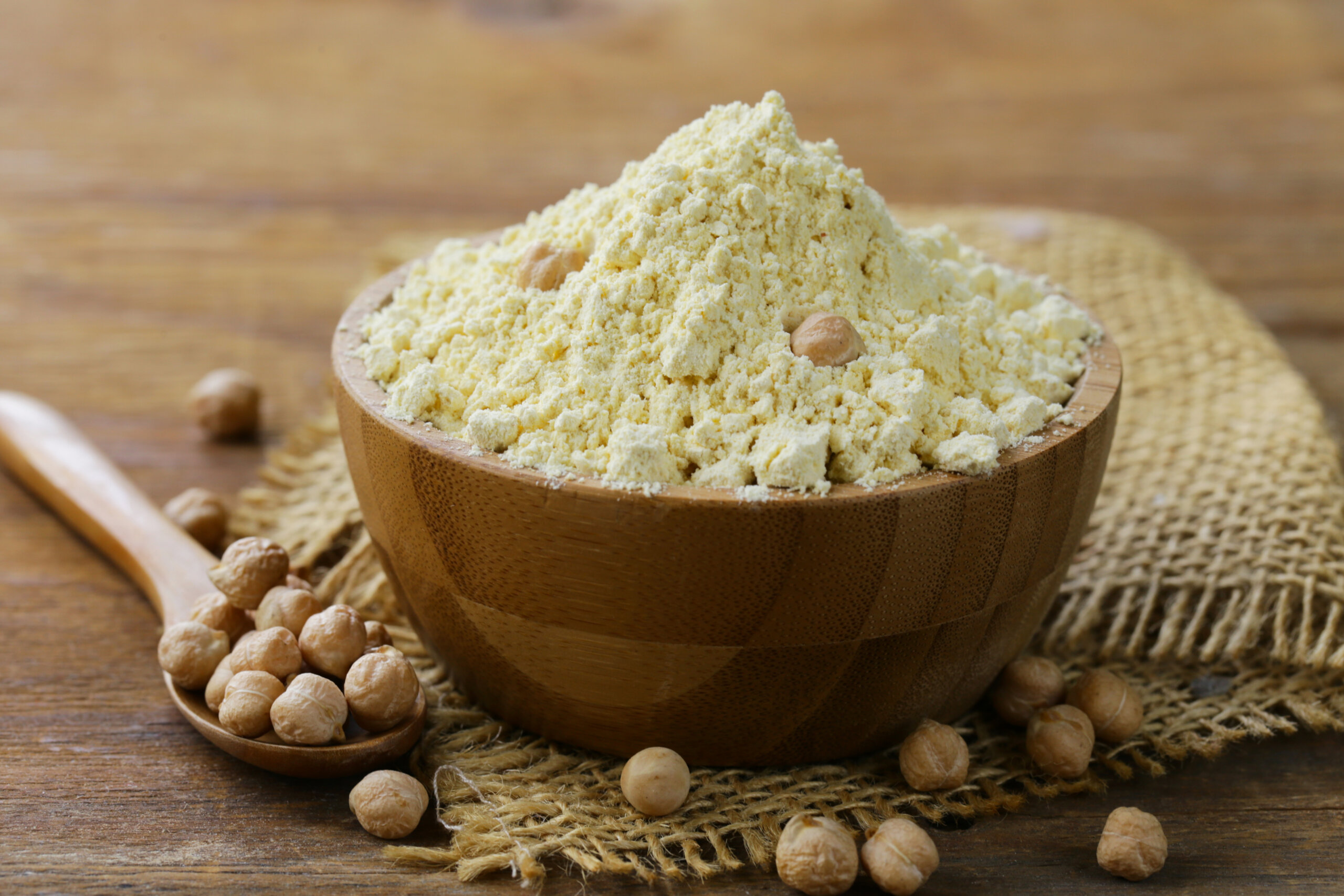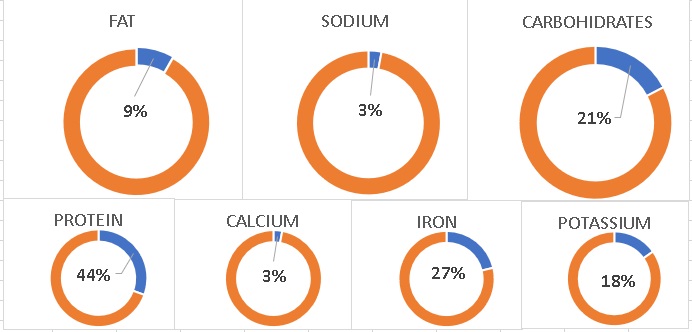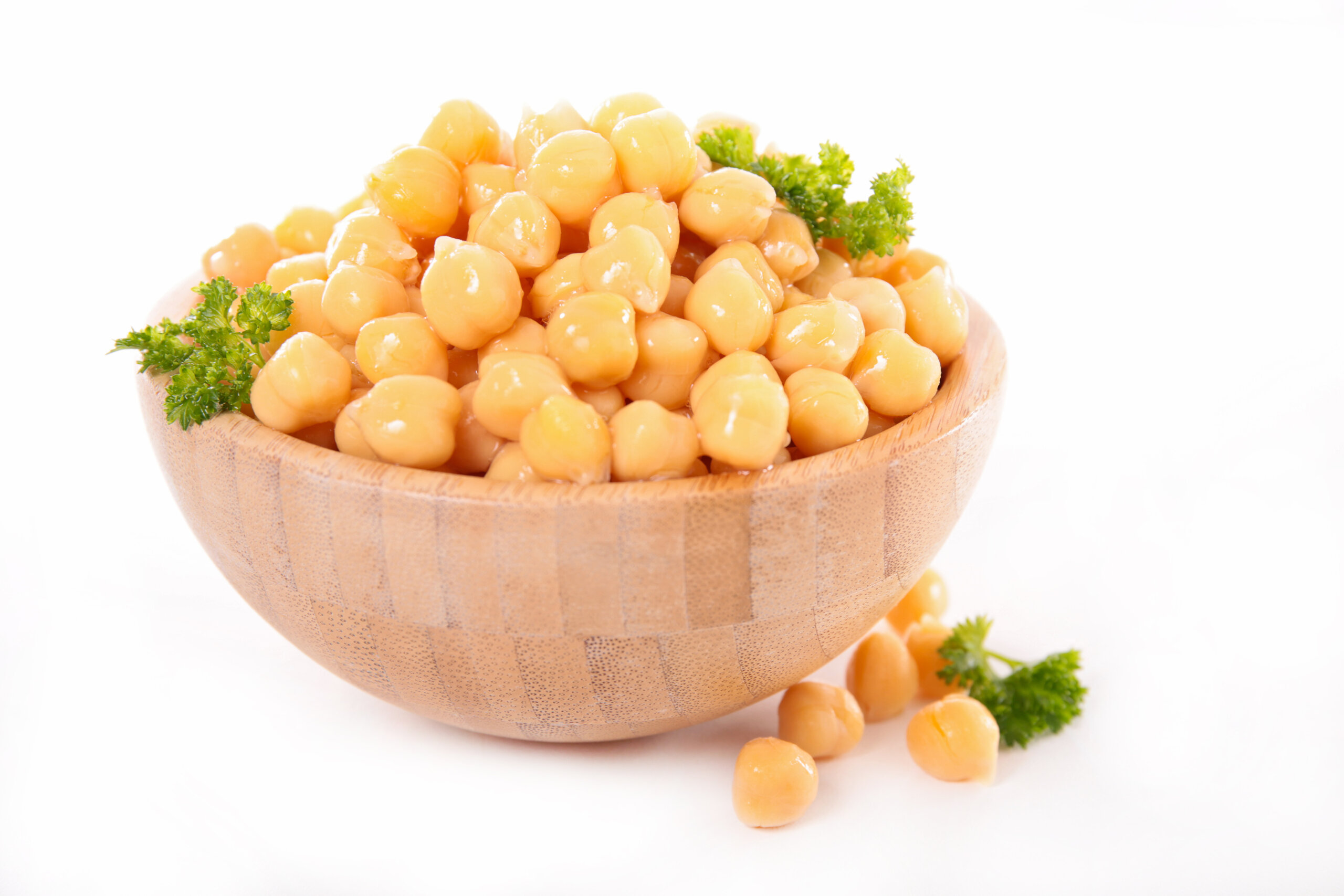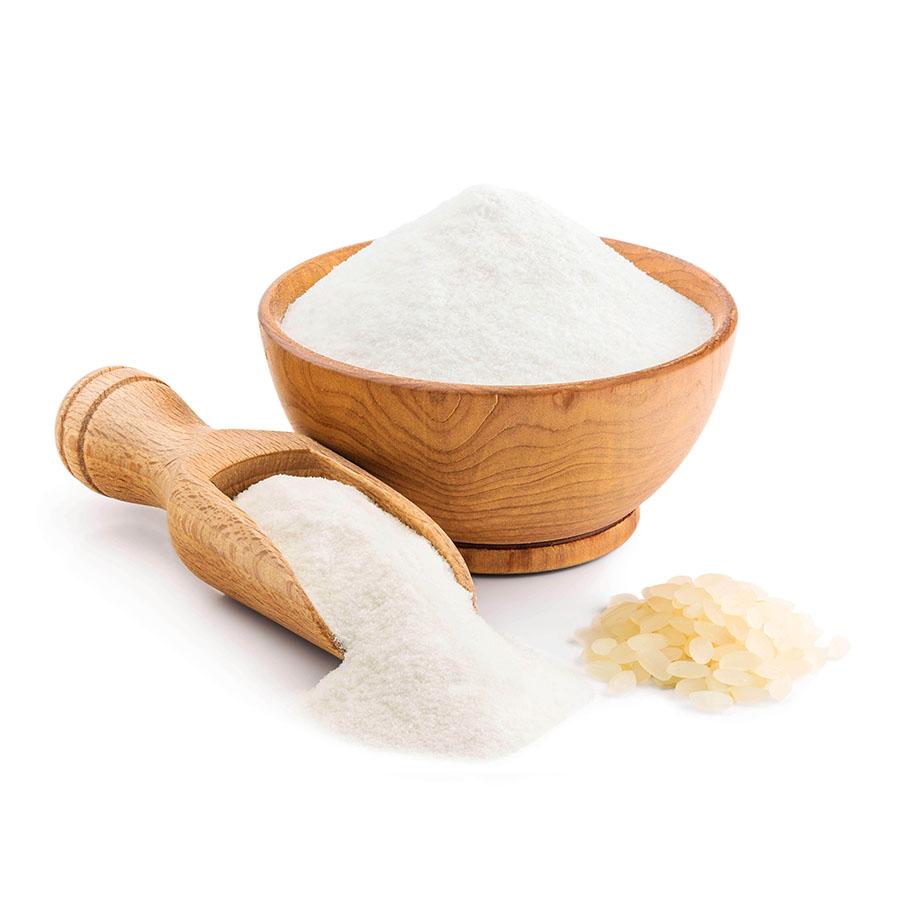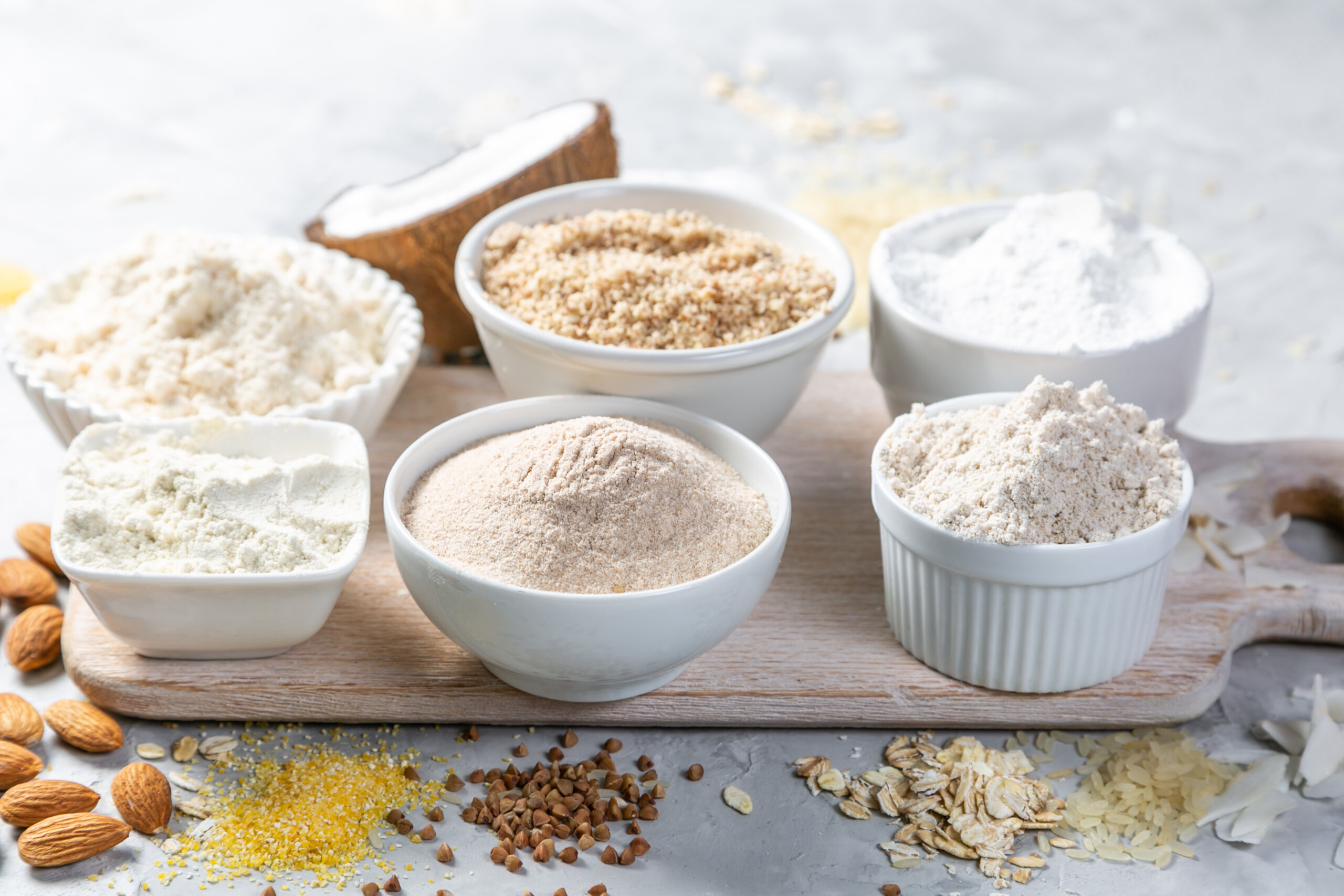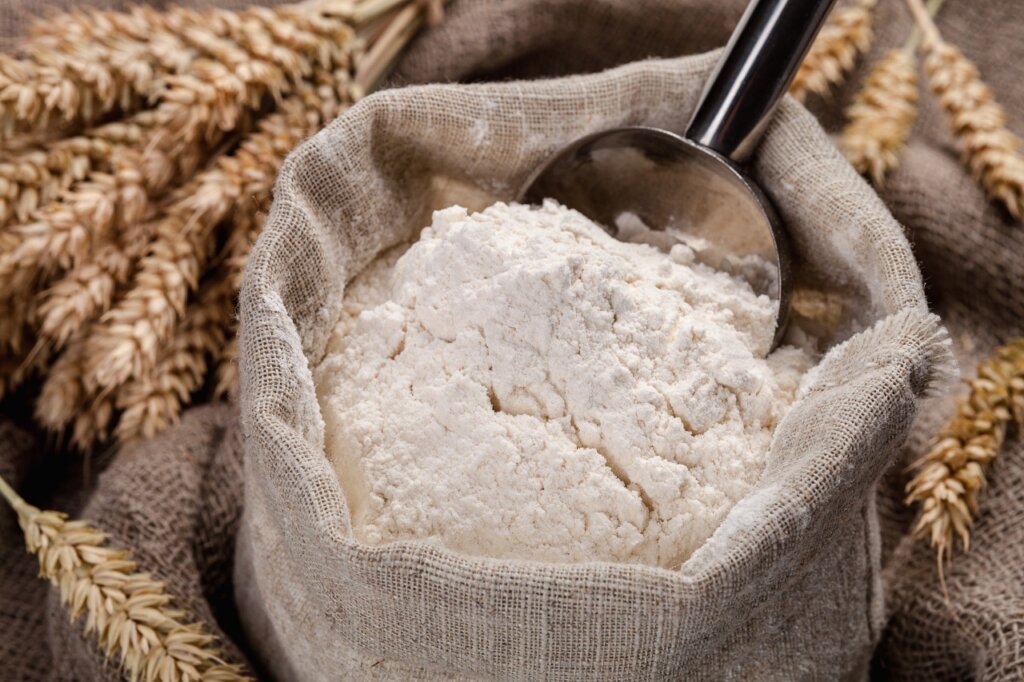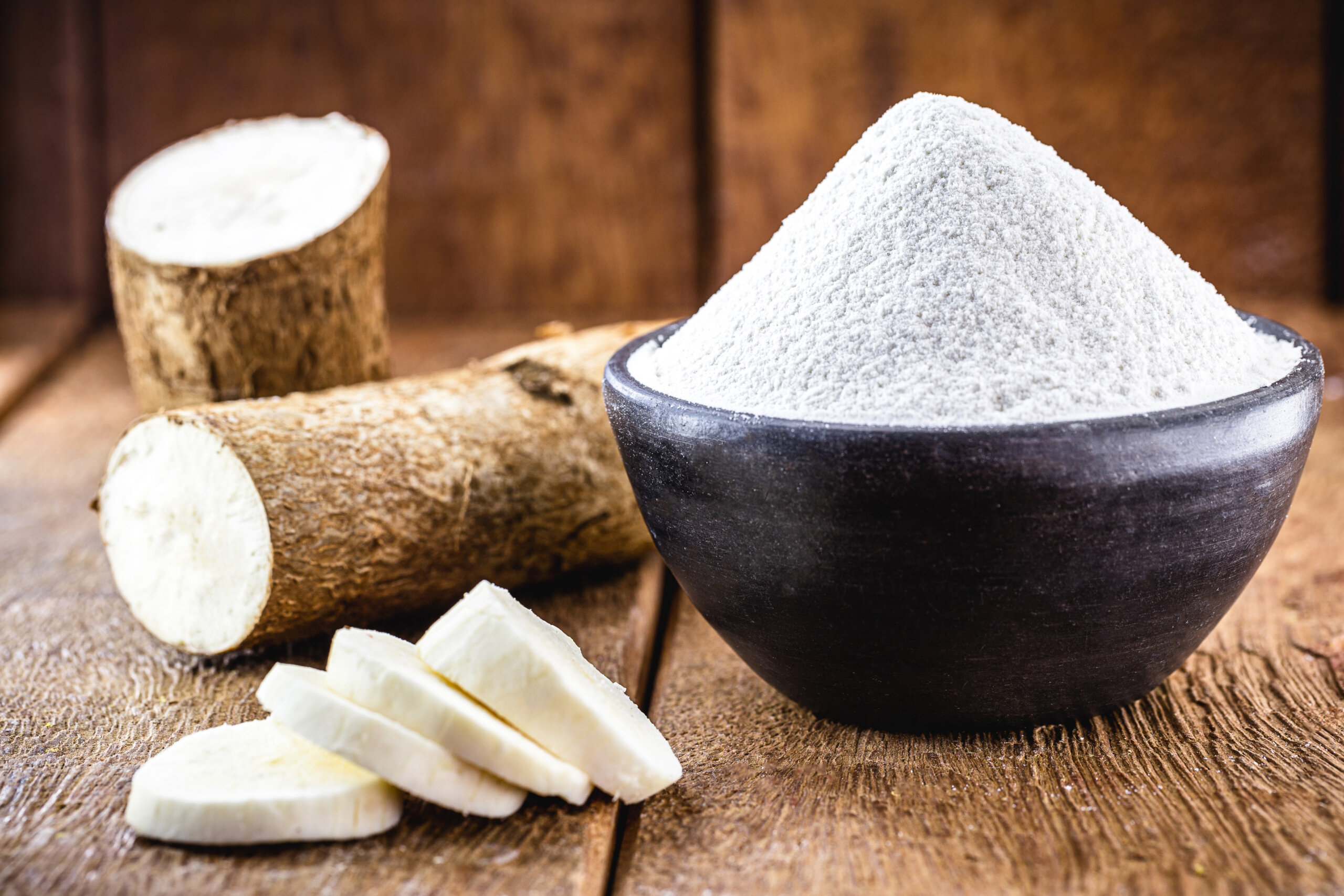https://www.youtube.com/watch?v=ZqF-psUmLFw
Plant-Based Foods
Plant-based items continue to be a trend into 2021, surveys show a high increase of consumption of protein from plant sources during the pandemic. Sales of plant-based protein and meat alternatives are projected to increase to a whopping $85 billion in 2030. There are many exciting options mentioned below!
.
1-New plant-based meats
There are a good number of companies that are using meat protein alternatives, such as chickpeas, fava bean, maize and wheat. In 2021, Heura will be introducing the first plant-based meat burger made with extra virgin olive oil which has the fatty texture of meat but 84% less saturated fat than the first generation of plant-based products.
2-Packaged foods sweetened with fruit
Reducing added sugar is more important than ever, as we now know that eating a diet high in added sugar may increase your risk of obesity and chronic diseases such as type 2 diabetes and heart disease. Using the natural sweetness of whole fruits enhances the nutritional value of foods with a bounty of vitamin C, magnesium, potassium and antioxidants.
3-Chickpea everywhere
In the beginning, there was chickpea pasta. Now, you’ll find chickpea rice, chickpea pizza, chickpea tortillas, chickpea cereal and chickpea puffs. Experts suggest chickpea tofu and chickpea baked goods will be on the shelfs anytime soon, these are great gluten-free, nut-free options.
4-Plant-based probiotics
There are ample food options that are 100% vegan and contain abundant amount of probiotics. Plant-based probiotic supplements are ethically manufactured. Sauerkraut (made by fermenting raw cabbage) is an excellent example of a probiotic-rich vegan food. This pickled food has an even higher probiotic content than traditional yogurt! Further, fermented soy products, kombucha tea and brined pickles are other options that dedicated vegans can include in their diets for increasing their probiotic intake. While it is evident by now, that there are several natural sources of vegan probiotics at disposal.
5- Vegan condiments
2021 is about to get lit up with exciting vegan developments. Fortunately there are a wide variety of plant based condiments to keep up with the vegans cravings. From salad dressings to dipping sauces, whatever finishing touches your vegan food needs, there’s a vegan condiment to get the job done. Spicy chipotle salsa, roasted garlic pasta sauce, French dressing, mushroom gravy, Thai coconut marinade, and dairy-free sour cream are just a few of the vegan options in the condiment aisle.
6-Adaptogenic drinks
As alcohol-free beverages are soaring high, so are drinks featuring adaptogenic ingredients. Adaptogens are substances derived from plants that supposedly help the body counteract and adapt to stress.
https://www.youtube.com/watch?v=4YfH3fwCJuk
Eco-Conscious Packaging
As we move into 2021, earth-friendly packaging alternatives are going to continue to be a hot button issue for environmentally-minded consumers. This might seem particularly unlikely given all the single-use packaging we’ve been seeing amid the pandemic, but that’s exactly why we’re expecting to see more eco-friendly packaging in 2021. For instance, some companies this year use made-to-go containers that are made from balsa from tree stumps and other innovations include compostable cardboard liners for takeout boxes that combat leaks. This year many brands are aiming to deliver on eco-friendly promises may have to consider a different path that relies on a strategic approach to achieve energy, utility and material savings.
1. Oxo-Degradable Bubble Wrap
It wouldn’t be convenient to ditch bubble wrap completely – after all, protecting fragile items for damage in-transit is a necessity, and this is one of the most effective methods.
2. Recycled Paper & Cardboard packaging
We use paper and cardboard a lot when it comes to packaging, and in comparison to plastic it is seen as a much less harmful material. Despite it not being a pollutant, the environmental effects of deforestation can be devastating, and it’s important to accordingly reduce our use of paper.
3. Compostable Packaging
A great alternative option, there’s a wide variety of compostable packaging products that have a similar feel to plastic, but are made from natural and renewable materials such as corn starch, wood pulp, and other biologically sourced polymers.
4. Biodegradable Mailing Pouches
A brown paper mailing pouch, usually with a bubble wrap interior for added protection, is a very common way of couriering items and documents both big and small.
5. Space Filler
To stop smaller items from banging around inside a larger box, space fillers are often used, typically made from polystyrene or similar material.
6. Just use less!
It’s not just about using specific types of packaging, but also the quantity you use. Cutting down on wasteful packaging should be a priority when putting a parcel together.
Fast Food
https://www.youtube.com/watch?v=WVowGkfcSvw
For fast food restaurants, the coronavirus pandemic caused establishments to rethink concepts, tweak menus and adapt to new measures. Trends that started years ago will continue to be accelerated and budding innovations will keep growing.
1- Enhanced Safety Measures
Adjusting to the “new normal” requires an emphasis on safety. Taking necessary precautions not only helps mitigate the spread of the COVID-19, but it also shows that an establishment is serious about keeping customers and staff safe. These measures will continue to be a major emphasis in 2021.
2- More Emphasis on Delivery
While there has been a shift to delivery in the fast-food space for a few years, stay-at-home orders and dine-in restrictions caused many establishments to pivot to delivery almost overnight. Even as things return back to normal, delivery will stay a primary focus.
3- Contactless Curbside & Pickup
As we mentioned earlier, safety is a key component now and heading into next year. Both standard takeout and curbside pickup have been very popular options in response to the pandemic, and it seems like they could stay long term.
4-Accepting Multiple Payment Apps
Remember when debit cards slowly phased out the idea of carrying cash? Well, now payment apps are slowly phasing out cards, and the entire fast-food space needs to be ready next year.
5-Smart Equipment & Robotic Solutions
The idea of a connected kitchen isn’t a new trend in fast food. Over the last decade, multiple food equipment manufacturers have created units that connect to smart devices via an internet connection. This allows kitchen operators and managers to track a wide variety of cooking data, update menus or cooking modes and keep tabs on equipment statuses and maintenance schedules.
6-Digital-only store
One thing COVID did was shove consumers into places they hadn’t been before, or the only places available and safe. That skewed toward online ordering, or delivery, or finding ways to pickup food in-store with as little friction as possible. The pandemic erased many digital adoption gaps. Now the question becomes, how can restaurants differentiate from each other in a crowded pool and keep those users coming back.
Expanding Your Cultural Horizons
https://www.youtube.com/watch?v=D0ELWUHBpIw
Online platforms have allowed creators from all over the world to share what they’re cooking up in the kitchen during the pandemic. In 2021, we expect people will be going further than throwing these videos a simple “like” and will seek out food from cultures they may not have previously been familiar with.
1- Explore New Areas
You learn so much from getting outside of your own community and this is one key way to explore different cultures. By immersing yourself in another world, you can learn firsthand. Whether you go backpacking or venture out on all inclusive cruises, there is so much that you can experience by exploring.
2- Authentic Cuisines
If a fully immersive experience is beyond what you can manage within your budget, some options are a bit closer to home. You can learn so much about a culture through cuisine.
3-Cultural Festivals
Cultural festivals and events that focus on cultural appreciation can be a great opportunity to develop a broader appreciation and understanding.
At-home Restaurant Experiences
https://www.youtube.com/watch?v=bpph3_NIlTw
In 2021, it will evolve as chefs are creating new and interesting ways to bring the restaurant experience to life at home for guests. Restaurant-style meals packaged for the family will definitely keep trending in the year to come. Plant-based, healthy vegetarian dishes with seasonal ingredients and global flavor are here to stay in the future.
1- Buy Quality Ingredients
When asked for his top tip for making restaurant-quality meals at home, Grosser doesn’t hesitate. “The simple answer is buy good ingredients, which might be what you hear constantly, but it makes a huge difference,” he says. High quality, organic produce, fats, and seasonings can transform even the most basic dishes into menu-worthy meals.
2- Get Organized
This is a constant struggle in any restaurant kitchen where there are many people all cooking together. Some suggestions are to keep small gadgets in reach, use shelves and racks, create designated stations and organize your refrigeration units.
3-Simple is Best
Don’t feel the need to get fancy. Sometimes, the best food is the less-refined, nostalgic foods of our childhood. Made with good ingredients, these simple recipes can be as enjoyable, or more, than a five-star meal
Home Delivery Services
https://www.youtube.com/watch?v=jvrshxUOJyU
COVID-19 is going to be with us a lot longer than we all want; it has accelerated ecommerce adoption and permanently changed buying behaviour. In 2021, retailers will focus on improving home delivery scale, service quality and, most importantly, differentiated delivery service offerings. Distributors and other B2B companies will also see customers demand more from their last mile capabilities as consumer expectations continue to bleed into the B2B markets.
1- Uber Eats
Uber Eats is an online food ordering and delivery service launched by American ride-hailing giant Uber in 2014. Uber Eats allows customers to browse and order from local participating restaurants using its app or website.
2-Door Dash
Recently ranked the most popular food delivery app, DoorDash has 310,000 restaurants located in 4,000 cities worldwide, 80% of which are in the US, according to the company.
3-Grubhub
Grubhub (which also owns Seamless) operates in 2,700 US cities, and has partnerships with 140,000 restaurants. The Grubhub and Seamless apps are almost identical.
4-Delivery.com
Delivery.com operates in more than 1,800 US cities, with about 15,000 restaurants on the platform. Unlike most other platforms, you can also order groceries, alcohol, and even wash-and-fold services or dry cleaning from your local cleaners, as well as gifts that can be delivered to someone else.
More fermenting, preserving, and canning
Fermentation is becoming really big again, same with canning and preserving. We saw a huge climb in this technique during COVID lockdowns, and it allowed the chefs to still be able to support the farms.
1- Preserving
Preserving is simply a broader term that describes treating food with heat, acid, smoke, or salt (or some combination of those) in order to prolong its shelf life by destroying or inhibiting the growth of active bacteria; freezing and vacuum-sealing are other methods of preservation.
Water bath canning should only be used for high-acid foods (meaning they have a pH lower than 4.6) such as fruit and tomatoes. (You can use low-acid vegetables if you pickle them first, since that makes them stable before canning.) If you’re not sure about the pH of your produce, test it with some litmus strips à la high school chemistry.
Pressure canning must be used for low-acid foods, including most vegetables and meats (think green beans, corn, chili con carne, and homemade spaghetti sauce with ground beef).
Special Occasion Dining
https://www.youtube.com/watch?v=l5QjJcHkJKE
With all the cooking at home going on during the COVID-19 pandemic, dining out is starting to feel super special occasion again—tasting menus with wine pairings are a fun step in the opposite direction. In response to all that has happened last year, 2021 will bring two polarizing approaches to dining. One that embraces the need for simpler, comforting and soul-nourishing cuisine and the other that functions as an escape and embraces frivolousness.
- Simpler
- Comforting
- Soul-Nourishing
More Virtual Cooking Classes
https://www.youtube.com/watch?v=mOKG8RIopuk
Online, chef-driven virtual cooking classes—with accompanying chef food boxes for their recipes—will continue to expand in 2021. Many people will keep this fun way to get together with friends and family and be entertained at home while preparing a good meal and cooking along with a chef.
1- Improve Cooking Skills
Enrolling in cooking classes will train you how to cook and will definitely improve your cooking abilities.
2- Promote Self Esteem
High self esteem is one of the key ingredients of successful people. You can do almost anything once you start to believe in yourself.
3- Start a Culinary Career
The easiest way to have a career in the culinary arts is to attend different culinary classes. This will open your mind and will help you set your expectations.
Diversified Businesses
As we quickly started shipping food all over the country and doing zooms regionally and nationally we also were developing products to be sold online or in stores. These businesses are very different to manage and require different skill sets than serving you brunch at Commander’s Palace. So re-organizing businesses in our industry with an eye toward talent with different skills will be a need.
- Diversification helps to maximize the use of potentially underutilized resources
- Certain industries may fall down for a specific time frame owing to economic factors. Diversification provides movement away from activities which may be declining.
- As the economy changes, the spending patterns of the people change. Diversification into a number of industries or product line can help create a balance for the entity during these ups and downs.
Political Advocacy
2021 will see independent restaurant chefs and operators settle into a more long-term form of political advocacy that isn’t just reactive to the pandemic. More than ever before, 2020 presented opportunities to shape conversations on things like economic and tax policies, public health, and food insecurity.
1- Increase education about good, clean, fair food for all
2- Encourage the use of a curriculum that embraces the history, sustainability, and respect for quality food systems.
3- Encourage the flourishing of small and medium local producers to enrich the community around food.
Restaurant Industry Overhaul
Restaurants are unstable and unsustainable. This truth has been being realized for years and reached its current zenith in 2020. What has emerged from the trauma and turmoil of our collective stresses have been restaurants pivoting into models that are more hybrid, take out, and curated grocery. This change is quite possibly permanent. We have seen a refocus on community and combating food access. There has been a recentering; food is human.
1-Focus on Community
2-Combate Food Access
3- Remove barriers to the enjoyment of sustainable, locally grown foods.
If you would like more information, please click here to see our product page!
[su_divider top=”no” divider_color=”#726c6d” size=”7″ margin=”5″]
[su_button url=”https://www.facebook.com/tradelinksainternational/?view_public_for=105757601162821″ target=”blank” style=”flat” size=”5″ icon=”icon: facebook-f” text_shadow=”0px 0px 0px #000000″] [/su_button] [su_button url=”https://www.linkedin.com/company/tradelink-sa/?viewAsMember=true” target=”blank” style=”flat” size=”5″ icon=”icon: linkedin” text_shadow=”0px 0px 0px #000000″] [/su_button] [su_button url=”https://www.instagram.com/tradelinknz/” target=”blank” style=”flat” size=”5″ icon=”icon: instagram” text_shadow=”0px 0px 0px #000000″] [/su_button] [su_button url=”https://www.youtube.com/channel/UCewEsyFy0Y_1MdjwhsXvT0w” target=”blank” style=”flat” size=”5″ icon=”icon: youtube” text_shadow=”0px 0px 0px #000000″] [/su_button]
[su_youtube_advanced url=”https://www.youtube.com/watch?v=LCEkNZdMi04″ height=”200″ responsive=”no” fs=”no”]






